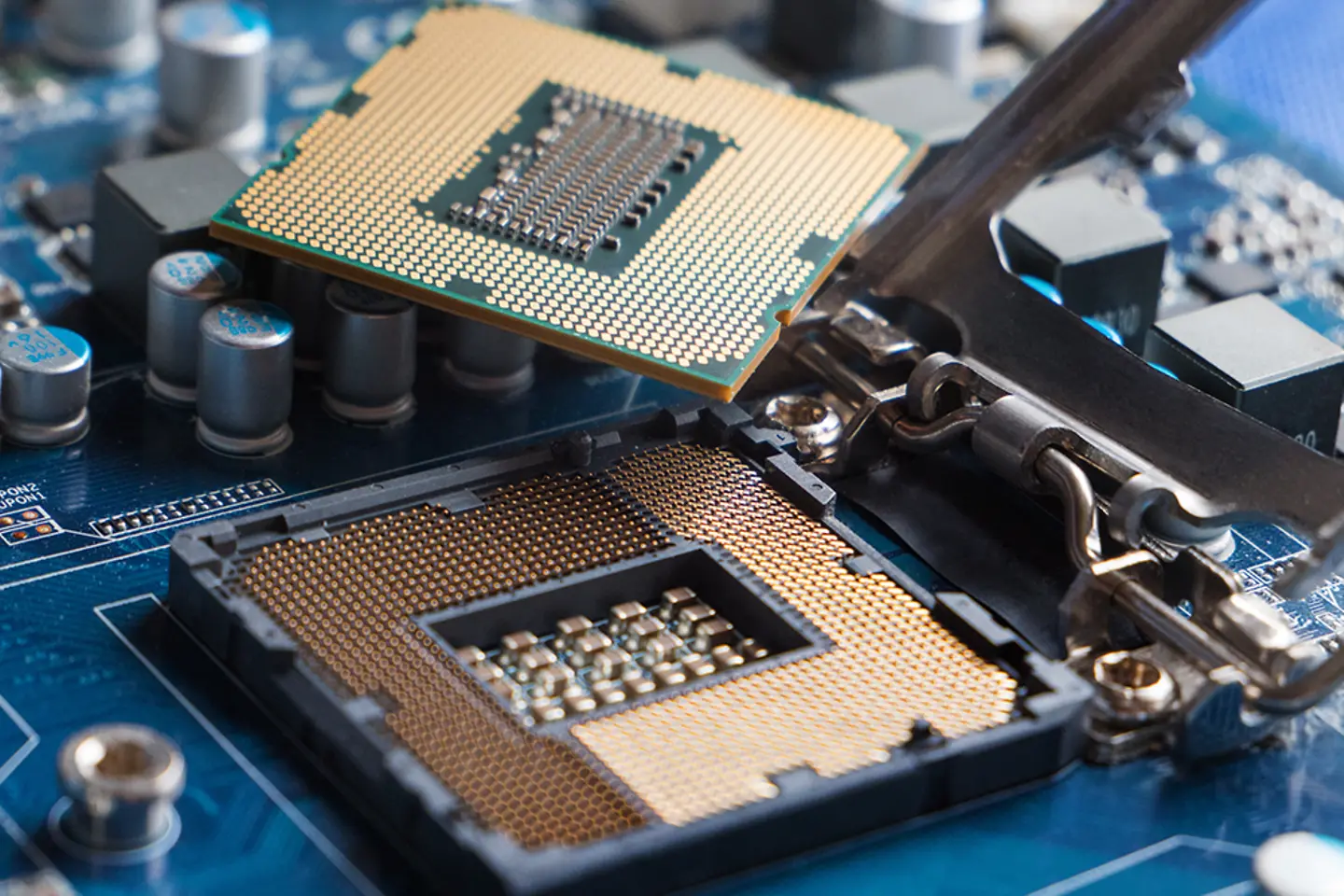
2027 is approaching, and companies using the SAP ECC system must upgrade to avoid serious business consequences. Taking action now is essential to maintain security, efficiency, and alignment with future requirements.

Delays in modernizing your SAP platform could result in lost market share. According to Gartner®, “Sourcing procurement and vendor management (SPVM) leaders have difficult business choices - and numerous sourcing options, each often requiring significant investment with modernization and change possibly taking many years to achieve.’’¹
Since ERP systems are at the core of business operations, this lack of modernization poses a significant risk.

A real-world example highlights the impact of ERP failures: In 2015, Danish retailer Ilva and Idémøbler suffered a catastrophic IT system failure when their new administrative platform crashed. As a result, critical inventory - including sofas, TV tables, and beds - was stuck in containers at Aarhus Harbor, and furious customers were met with a notice on their website: "We are experiencing major IT challenges with a new system."
The company was forced to shut down its web store, losing millions in revenue. This incident underscores that an ERP system is far more than just another IT tool - it is the backbone of business operations.
ERP systems manage the entire supply chain, from production and warehousing to purchasing, finance, and customer communication. They integrate and streamline business processes, ensuring smooth operations from raw material sourcing to final product delivery.
Failures can have even more severe consequences for companies in sectors like life sciences, potentially disrupting the delivery of life-saving medications to patients. This highlights the critical role of ERP in business continuity and why upgrading your system is far more complex than simply pressing a button. A successful transition often requires months of planning, implementation, and system integration.
As with any software update, companies without the latest version of SAP are not just running a security risk because the platform won’t be further developed. They also risk losing market share.
Peter Hecht, Marketing Director T-Systems Northern Europe

One recommendation from Gartner is to “communicate the future role of ERP as being almost always a core enabler of critical business for organizations, necessitating a strategic and long-term transformative view over a tactical one.” Yet, many organizations remain on outdated ECC platforms that no longer support their evolving business needs.
For example, a company’s SAP platform must seamlessly integrate with its e-commerce interface. If the webshop undergoes an update - such as new features or a redesigned customer experience - an outdated ECC system may struggle to support these enhancements, leading to implementation delays. This lag in innovation risks driving customers to competitors, offering a more seamless and responsive online experience.
Even if an ECC platform continues to function in the short term, businesses expose themselves to increasing risks as the software becomes outdated. Without regular updates, companies become vulnerable to cyberattacks and face significant operational disruptions with no vendor support in the event of technical failures.
One of the most common mistakes businesses make when upgrading their SAP platform is treating it as a purely IT-driven initiative. As a result, they measure success based solely on IT performance metrics, overlooking the broader business impact.
To succeed, organizations must approach SAP modernization as a business transformation. This means shifting the focus from technical implementation to value creation. Leaders must ask how the new SAP platform enhances business performance, agility, and competitive advantage.
SAP modernization is not just a technical upgrade - it impacts the entire organization. Learning a new system is a significant challenge, requiring changes across all business functions, from IT infrastructure to financial operations.
During the transition, businesses must run their legacy ECC platform alongside the new SAP S/4HANA system, adding further complexity. To navigate this process successfully, organizations must develop a clear strategy that includes the following:
Failure to address these factors often leads to delays, cost overruns, and employee resistance, major contributors to unsuccessful SAP transformations.

For many companies, the challenge of a full-scale IT transformation - combined with financial and resource constraints - has led to procrastination. However, 2027 is approaching fast, and postponing the transition only increases the risks.
SAP modernization is a complex undertaking that requires thorough planning, extensive analysis, and collaboration across the organization. It’s not a project you can map out over your morning coffee - it demands strategic alignment, cross-functional workshops, and a long-term roadmap. Given its business-critical nature, there has never been a more urgent time to act.